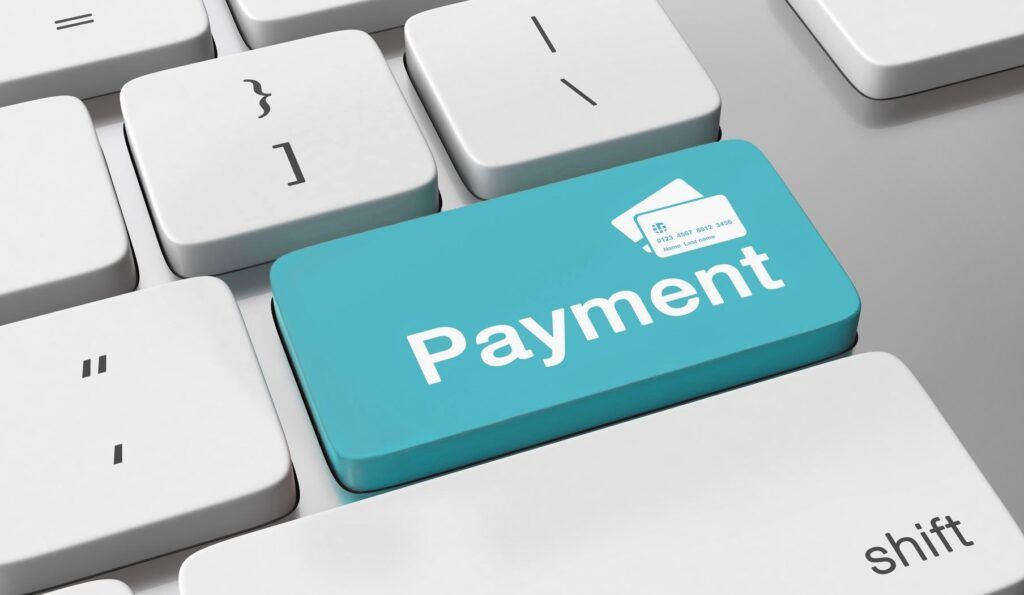
Introduction to Payment Methods
Payment methods are essential mechanisms that facilitate the transfer of funds between buyers and sellers in a variety of transactions. These methods have evolved significantly over time, adapting to the changing economic landscape, technological advancements, and consumer preferences. Understanding payment methods is crucial, as they directly impact the efficiency and security of financial exchanges in both personal and business contexts.
Historically, payment methods have progressed from barter systems, where goods and services were directly exchanged, to the use of physical currency, such as coins and banknotes. With the advent of technology, more sophisticated methods have emerged, including credit cards, electronic funds transfers, and mobile payments. This evolution reflects broader changes in society, including urbanization, globalization, and the increasing reliance on digital platforms for commerce.
The popularity of various payment methods can often be attributed to their convenience, speed, and security. For instance, credit and debit cards became widely accepted due to their ability to simplify transactions and improve cash management. Furthermore, the rise of e-commerce propelled innovations like digital wallets and cryptocurrencies, offering consumers more options to make payments electronically. The ongoing enhancements in security protocols have also contributed to the trust placed in these modern payment systems, as users seek to safeguard their financial information while conducting transactions.
In essence, payment methods represent a critical component of the financial ecosystem, enabling smooth interactions in retail, services, and online platforms. This foundational understanding underscores the importance of exploring the various types of payment methods available today, each with its unique advantages and disadvantages that will be detailed in the ensuing discussion.
Types of Payment Methods
In today’s financial landscape, a variety of payment methods are available, each with unique features and functionalities. Understanding these different types can significantly aid consumers and businesses in making informed choices.
First, traditional cash remains one of the oldest forms of payment, commonly used for face-to-face transactions. Cash transactions require no technology or intermediary, making them straightforward and universally accepted. However, cash is susceptible to theft and counterfeit risks.
Credit and debit cards represent a significant advancement in payment technology. Credit cards allow users to borrow funds up to a predetermined limit, while debit cards draw directly from the user’s bank account. Both methods often come with built-in security features and offer rewards programs, although they are dependent on card networks like Visa or Mastercard for processing payments.
Mobile payments are gaining traction due to their convenience. Utilizing Near Field Communication (NFC) technology, consumers can pay using their smartphones equipped with digital wallets such as Apple Pay or Google Pay. This method speeds up transactions and minimizes the need for physical cards or cash, but it requires reliable internet connectivity and compatible devices.
Electronic wallets serve a similar purpose, allowing users to store multiple payment methods in one secure location. Services like PayPal and Venmo offer seamless online transactions, making them ideal for e-commerce. While they provide ease and flexibility, users must be cautious about security and privacy settings.
Bank transfers, including services like ACH (Automated Clearing House) or wire transfers, facilitate direct money movement between bank accounts. These methods are commonly used for larger transactions but can take longer than other methods and may incur fees.
Finally, cryptocurrencies like Bitcoin have introduced a decentralized approach to payments. Utilizing blockchain technology, they offer anonymity and security, although their volatility and regulatory concerns pose challenges.
In summary, the diversity of payment methods provides consumers with numerous options. Each method has its advantages and disadvantages, making it crucial for individuals and businesses to evaluate their needs and preferences when choosing the most suitable payment option.
Advantages and Disadvantages of Different Payment Methods
When navigating the diverse landscape of payment methods, it is essential to consider their respective advantages and disadvantages. Each method offers unique benefits and potential drawbacks that can significantly impact consumers’ choices and experiences. Understanding these factors can guide individuals in selecting the most convenient and secure options for their transactions.
Bank transfers, for instance, are widely regarded for their security; they operate through established banking institutions and typically involve rigorous verification processes. However, the downside may include longer processing times for funds to clear, which could hinder immediate access to funds. Additionally, some banks charge transaction fees that can accumulate over time.
Credit cards represent another popular payment method, lauded for their ease of use and the ability to facilitate online purchases effectively. They often provide rewards programs and consumer protection policies, adding to their allure. Nevertheless, they come with the significant risk of overspending. Additionally, interest rates on unpaid balances can lead to substantial debt over time, impacting users financially.
Digital wallets, such as PayPal or Apple Pay, have gained traction due to their convenience and speed. Users can complete transactions with just a few clicks, making them ideal for online shopping. However, users may face security concerns, as these platforms can be susceptible to hacking and fraud. Moreover, not all merchants accept digital wallets, which can limit their usability.
Cryptocurrencies are emerging as a novel payment method, offering decentralization and transaction anonymity. They appeal to users who prioritize privacy and innovation. However, the volatile nature of cryptocurrencies can pose a risk for consumers, as values may fluctuate significantly. Additionally, regulatory concerns and a lack of widespread acceptance remain significant barriers.
Overall, each payment method has its own blend of convenience, security, accessibility, and potential drawbacks. Consumers should weigh these factors carefully to make informed decisions that align with their financial habits and preferences.
Comparison Table of Payment Methods
When assessing various payment methods, it is essential to consider multiple factors such as transaction speed, cost, convenience, and security. The comparison table below outlines the key features, advantages, and disadvantages of several popular payment methods, providing a visual reference for users to make informed decisions tailored to their financial needs.
| Payment Method | Transaction Speed | Cost | Security | Advantages | Disadvantages |
|---|---|---|---|---|---|
| Credit/Debit Cards | Instant | Varies by issuer | Strong encryption, user verification | Widely accepted, rewards programs | Potential for overspending, fees for late payments |
| Bank Transfers | 1-3 business days | Low | Bank-level security | Direct transfers, no intermediaries | Slower processing, limited to bank hours |
| Digital Wallets | Instant | Low to moderate | Two-factor authentication | Convenience of storing multiple payment methods | Less widespread acceptance, reliance on technology |
| Cash | Immediate | No fees | Physical security required | Anonymity, no need for technology | Risk of loss, cannot be used online |
This comparison indicates differing attributes inherent to each payment method. By examining transaction speeds ranging from the immediacy of cash and digital wallets to the delays seen in bank transfers, one can begin to understand the trade-offs associated with each option. Furthermore, considerations related to transaction costs and security measures redefine how individuals approach their payment choices.



